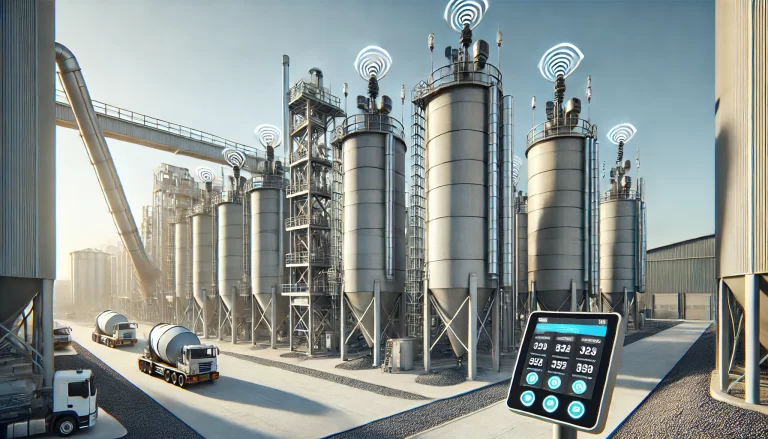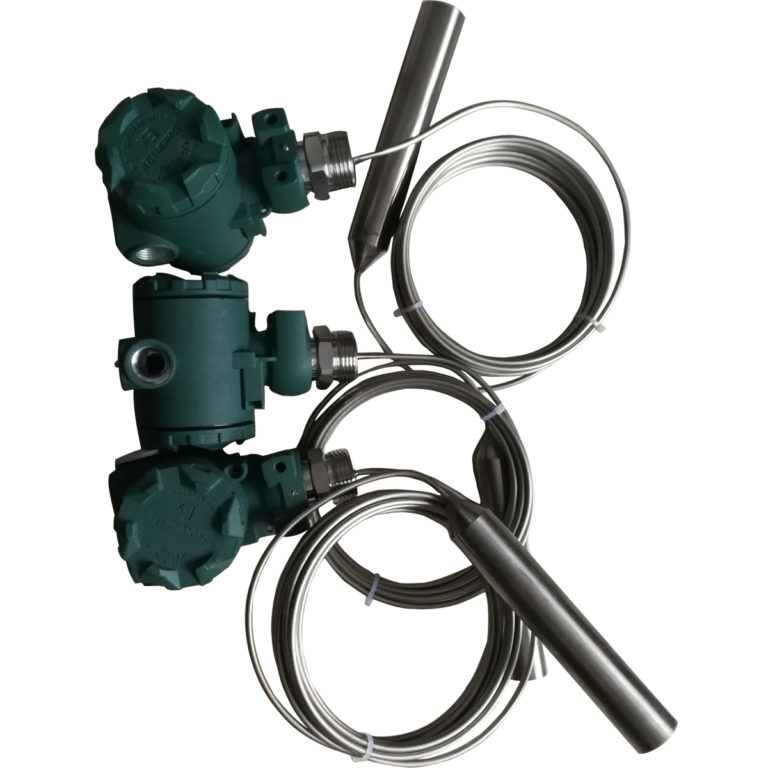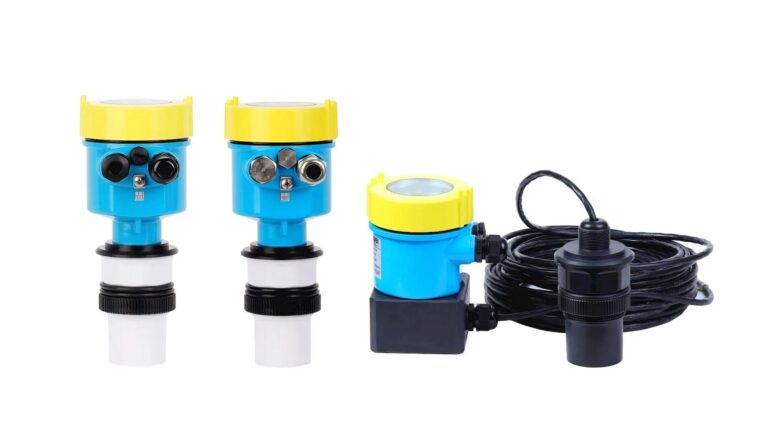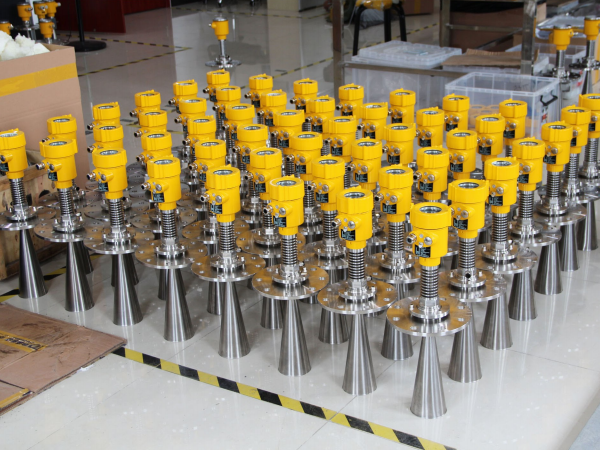Introduction
In industrial automation and environmental monitoring, level meters play a critical role. They not only ensure accurate measurement of liquid media but also maintain the continuity and safety of industrial processes. With the advancements in level measurement technologies, industries now have access to various solutions tailored to specific needs. Understanding the differences among these technologies is crucial for selecting the most suitable level meter for any application.
This article focuses on three common types of level meters—submersible, split-type, and cable-type—exploring their working principles, application scenarios, and selection considerations.

Submersible Level Meters: Precision Through Direct Contact
Working Principle
Submersible level meters operate on the principle that liquid static pressure is proportional to liquid height. By directly contacting the liquid, the sensor converts static pressure into an electrical signal, ensuring high measurement precision.
Application Scenarios
- Industrial Precision Needs: Submersible level meters are ideal for environments where precise static pressure measurement is critical. For instance:
- Chemical and Water Treatment Industries: These meters monitor liquid levels to ensure consistent processing and safety.
- Power Plants: During power station expansions, submersible level meters are used to monitor the seawater cooling cycle, ensuring the water level difference stays within prescribed ranges. This control is vital for safe and efficient operations.
- Marine Applications: Oil tankers often employ submersible level meters to measure levels in ballast tanks, freshwater tanks, and fuel tanks, ensuring stability and safety during navigation.
Advantages and Limitations
- Advantages:
- High precision and stability in static pressure measurement.
- Robust in harsh chemical or marine environments.
- Limitations:
- Direct contact may lead to sensor wear or contamination in certain liquids.
- Requires maintenance in applications involving corrosive or viscous liquids.

Split-Type Level Meters: Versatility Through Non-Contact Measurement
Working Principle
Split-type level meters use ultrasonic or radar technologies to measure liquid levels. By emitting and receiving signals, these devices determine liquid levels without direct contact, offering a highly versatile solution.
Application Scenarios
- Extreme Environments: The non-contact nature makes them suitable for measuring hazardous, corrosive, or high-temperature liquids.
- Petroleum and Chemical Storage: These meters help monitor storage tank levels, preventing overflows and maintaining safety in sensitive operations.
- Water Treatment Plants: Split-type ultrasonic level meters are widely used for monitoring levels in water and wastewater treatment tanks, ensuring efficient processes and regulatory compliance.
Advantages and Limitations
- Advantages:
- Ideal for hazardous or inaccessible environments.
- Minimal maintenance as there is no contact with the liquid.
- Limitations:
- Accuracy may be affected by environmental factors such as foam, vapor, or turbulence.
- Requires calibration for specific applications.

Cable-Type Level Meters: Flexibility and Remote Monitoring
Working Principle
Cable-type level meters consist of a sensor connected to a display or control unit via a flexible cable. This design allows for remote data collection and continuous level monitoring in large or tall structures.
Application Scenarios
- Industrial Process Control: Widely used in large storage tanks or high towers where remote monitoring is essential. For example:
- Large-Scale Tanks: Providing continuous and reliable level readings for inventory management in industries like oil refining or food processing.
- High-Altitude Applications: Used in tall silos or reservoirs to ensure accurate measurements without the need for direct access.
Advantages and Limitations
- Advantages:
- High flexibility in installation and operation.
- Suitable for remote or hard-to-reach measurement points.
- Limitations:
- Cable length may restrict accuracy over long distances.
- Requires proper installation to avoid mechanical damage to the cable.
Comparison Table
| Type | Working Principle | Key Applications | Advantages | Limitations |
|---|---|---|---|---|
| Submersible | Liquid static pressure | Chemical plants, power stations, oil tanks | High precision, robust for static pressure | Sensor wear in corrosive or viscous liquids |
| Split-Type | Ultrasonic or radar signals | Storage tanks, water treatment facilities | Non-contact, low maintenance | Affected by environmental interference |
| Cable-Type | Sensor with cable connection | Large tanks, high-altitude reservoirs | Flexible installation, remote monitoring | Limited by cable length, potential for damage |
Selection Guidelines
Choosing the right level meter depends on several factors:
Nature of the Liquid:
- For corrosive or hazardous liquids, consider split-type meters.
- For viscous or static liquids, submersible meters provide precise results.
Environment:
- Use split-type meters for extreme temperatures or inaccessible locations.
- Cable-type meters excel in applications requiring remote monitoring.
Precision and Maintenance:
- Submersible meters are ideal for high-precision requirements.
- Non-contact split-type meters require minimal maintenance.
Installation Constraints:
- In large or complex setups, cable-type meters offer greater flexibility.

Conclusion
The advancements in level measurement technology provide a diverse range of tools for industrial and environmental applications. Understanding the differences among submersible, split-type, and cable-type level meters is critical for selecting the most effective solution. By considering the specific needs of the application and the characteristics of the measuring environment, users can ensure accurate, safe, and reliable level control in their processes.
This article aims to serve as a comprehensive guide for professionals seeking to make informed decisions in level meter selection.
